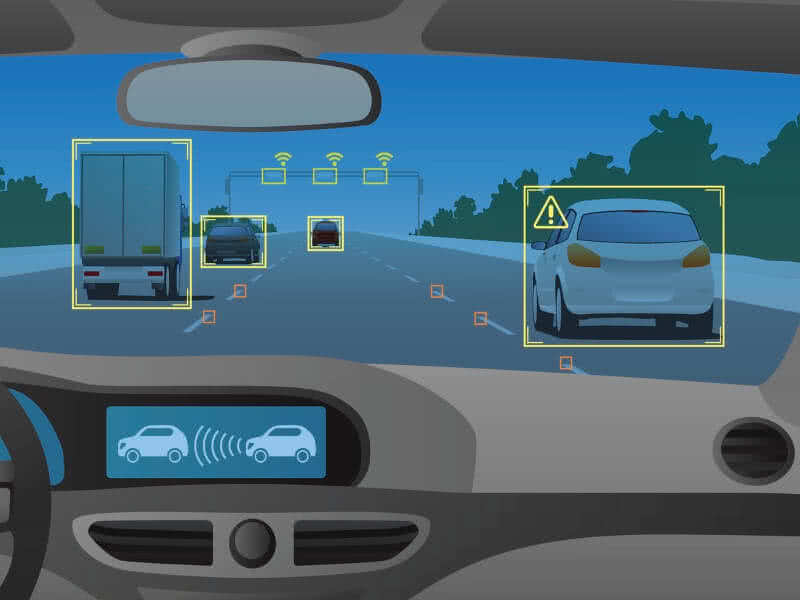As I’m sure was the case for many of us growing up, I imagined as a child that I wouldn’t need to learn to drive.
Science fiction films and comics implied that it would all be done by robots, and that I would be able to sit back and read while my car drove me. Years later and countless hours spent trawling up motorways and crawling around cities, that dream had been firmly wiped from my mind. Yet in the near future, it looks like becoming a reality for the next learner generation.
Autonomous vehicles are a rapidly maturing technology, and while Tesla and Google are establishing a vision in the consciousness of the consumer, automated vehicles are already leaving their mark on the world of business.
Manual or automatic?
Industries such as mining and farming have proved to be fruitful testing grounds for autonomous technology with the lack of pedestrians, legislation and other obstacles that go hand in hand with driving on public roads, allowing companies to push the limits of the technology. Volvo is taking advantage of this by pioneering the use of autonomous trucks with Swedish mining company, Boliden. On one hand, the company can negate safety risks by taking human employees out of the mine and bringing them to the surface as well as improving the efficiency of the operation. The trucks don’t need to take breaks or take time handing over shifts. As a result, they can be fully operational throughout the day, driving huge productivity gains.

As things stand, the strain that this will put on digital infrastructure is manageable. Once the technology reaches mainstream adoption amongst consumers however, the levels of connectivity required to support the subsequent explosion in data will require a change of approach from I&O professionals.
The new vehicular infrastructure
IDC has stated that connected and autonomous cars will make a significant contribution to the global annual data volume - reaching 44 zettabytes by 2020. To put this into context, the current rate is 7 zettabytes. This is likely to invoke a change in outlook on the part of I&O professionals. At the same time that we’ve talked about enterprise defined data centres, and the evolving nature of ‘mission critical’ so too we need to recognise that autonomous vehicles will become a part of ‘business as usual.’
To handle this increased demand, data centre resilience and availability will be pivotal. These vehicles must remain connected, and accessible to and from the compute that manages their data. We’ll need to know where these cars are - and so will they - so when we talk about workload management, things may look very different. If I&O professionals can get this right, they could unlock huge economic and societal benefits.
KPMG even predicts that connected and autonomous vehicles will benefit the UK economy to the tune of £51 billion a year by 2030. With the safety and environmental advantages that will simultaneously come to the fore, this is surely a calculation worth getting right.
Interested to read more?


